Transforming an underused basement into a dedicated gym combines practicality with inspiration, and recent homeowner case studies show that clever flooring, ventilation, lighting, and storage decisions can make the space as motivating as any commercial facility—often at a fraction of the long-term cost. Reviews of today’s compact, smart equipment prove that even small footprints support full-body training, provided shock-absorbing floors protect joints and gear. Guidance from ventilation specialists stresses that balanced air exchange and humidity control preserve both health and building materials , while lighting designers highlight layered LEDs for energy-efficient brightness and ambience. With these fundamentals in place, the twenty ideas below will help you create a basement gym that feels expansive, safe, and endlessly motivating.
1. Rubber Flooring: Shock-Absorbent Foundation for Your Basement Gym
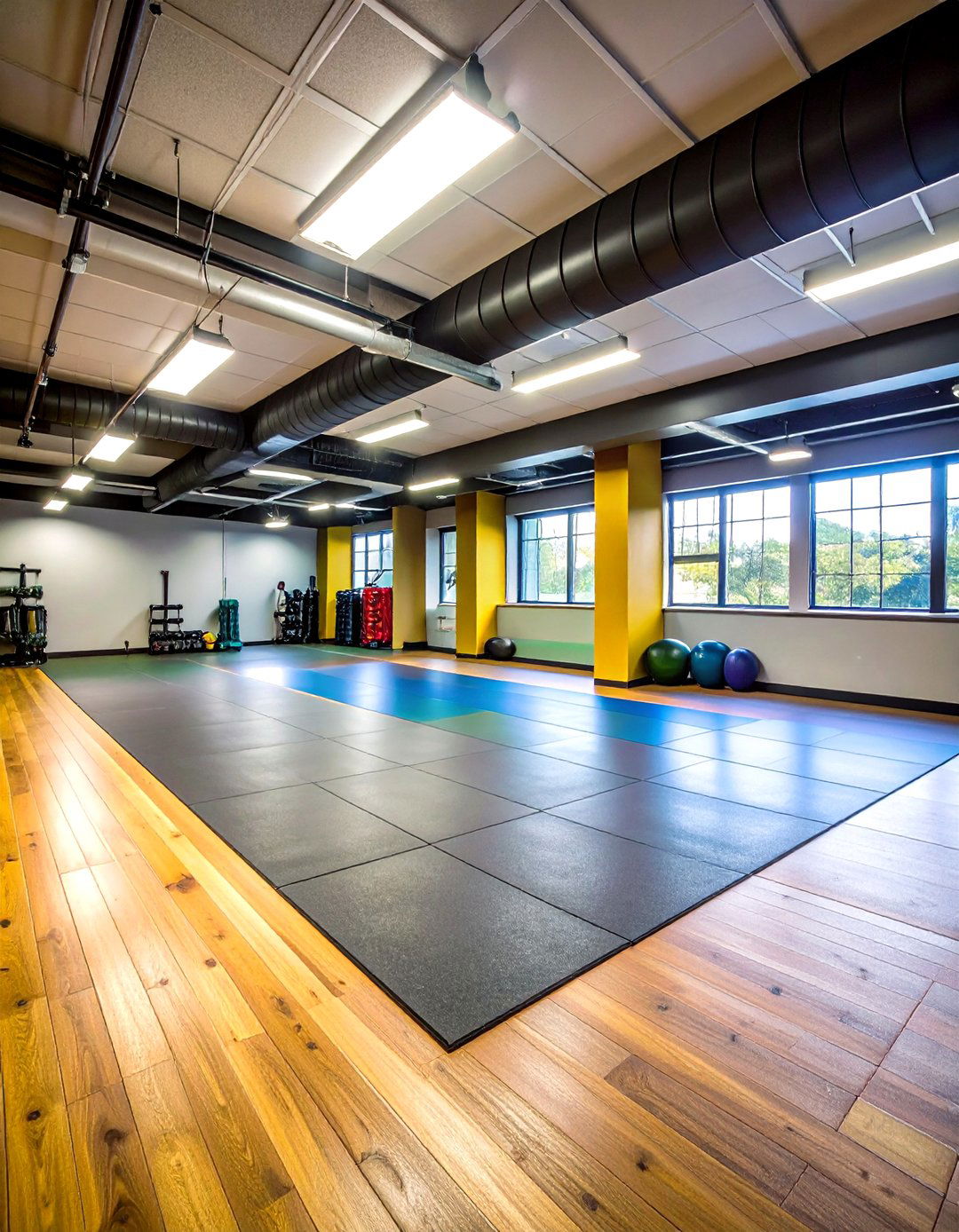
A basement gym performs best on a floor that cushions repetitive impact, deadens noise, and shields the concrete slab beneath. Rubber tiles or rolls, especially 3/8-inch or thicker, top current expert lists for durability and joint protection. Rubber also withstands dropped weights better than foam while offering enough traction for plyometrics, a benefit echoed by professional installer notes on fatigue reduction. If heavy Olympic lifting is on your agenda, consider double-layering rubber over a plywood platform; tests show this combo limits barbell bounce and spares flooring from divots. Finish edges with beveled transition strips so carts roll smoothly in and out, and vacuum crumbs frequently—rubber’s grippy texture traps chalk dust fast.
2. Ventilation & Humidity Control Keep Your Basement Gym Breathable

Despite the cool feel of a basement gym, stale air and excess moisture can still spike during intense sessions. Fitness equipment suppliers advise pairing an oscillating fan with a 50- to 70-pint dehumidifier for spaces around 800 ft² to hold relative humidity near 50 %. Consumer-testing labs confirm that range suffices to prevent mold while preserving metal plates from flash rust. If the ceiling permits, add a small-duct ERV (energy-recovery ventilator) to pull in outdoor air and exhaust CO₂-laden indoor air—all on an automated timer so you never lift in a stuffy environment again.
3. Layered LED Lighting Energizes Every Corner of the Basement Gym

Unlike above-grade rooms, a basement gym rarely enjoys ample daylight, so fitness-focused lighting pros favor a three-layer approach: bright 4000 K LEDs in recessed cans for overhead task light, dimmable strips around mirrors for shadow-free form checks, and color-tunable accents behind equipment to set workout moods. Interior photos of renovated basement gyms prove that reflective white walls and a simple satin ceiling finish bounce those lumens deeper, making low ceilings feel taller and the entire training zone more inviting. Add motion sensors so lights shut off between sessions for energy savings.
4. Soundproofing Strategy Lets Your Basement Gym Respect the Upstairs
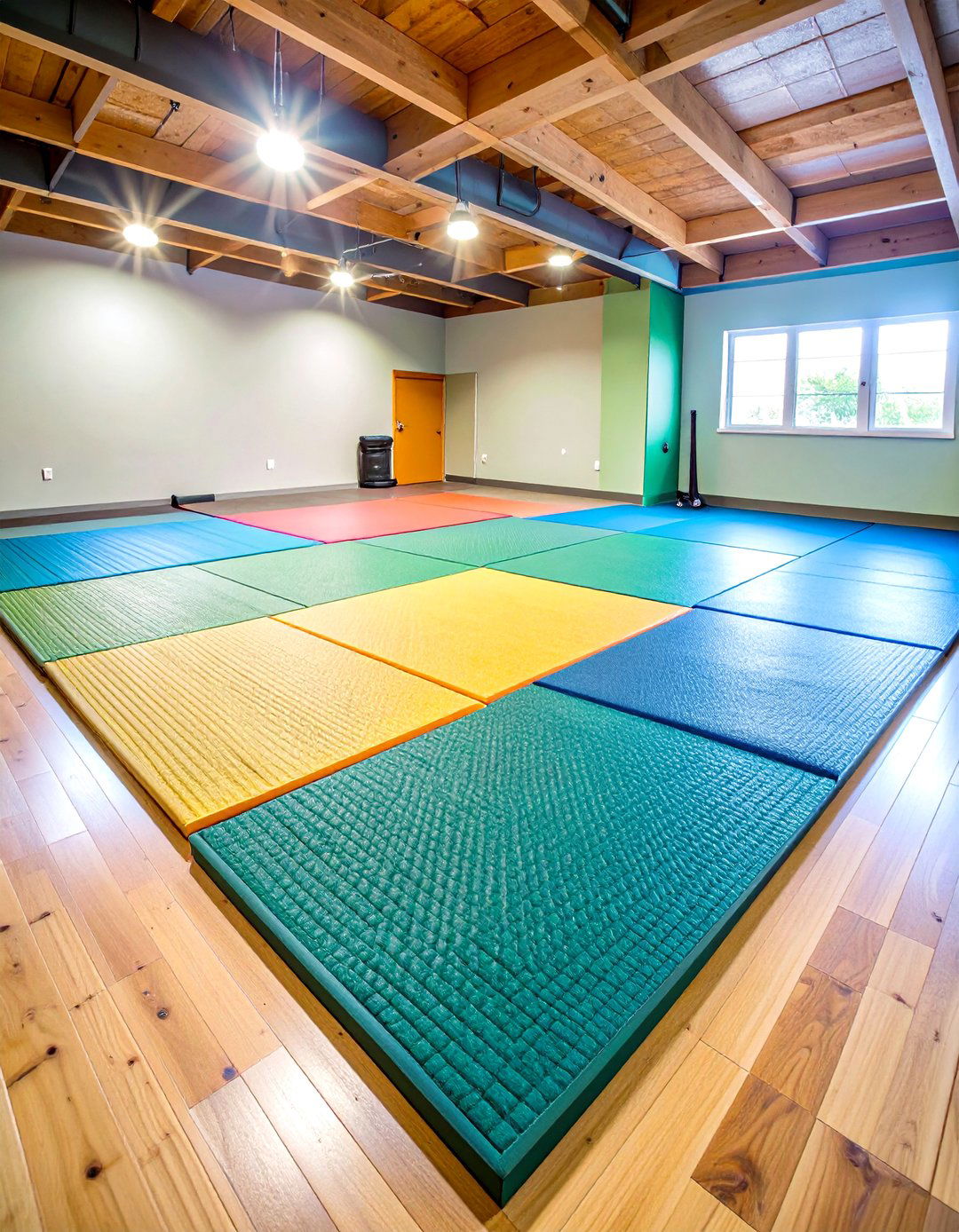
No one likes clangs and thuds echoing through floor joists. Home lifters share that layering 8 mm rubber over a ¾-inch subfloor, then topping high-impact zones with dense crash pads, cuts transmitted noise dramatically. For cardio machines, place anti-vibration risers beneath each foot; flooring analysts note they reduce decibel levels by 25–30 % during sprints. If family rooms sit directly above, staple mineral-wool batts between joists and screw resilient channels into the ceiling before finishing with drywall, preventing structure-borne vibration from turning your PR set into a household alarm clock.
5. Safety Mirrors Expand Sightlines in a Basement Gym
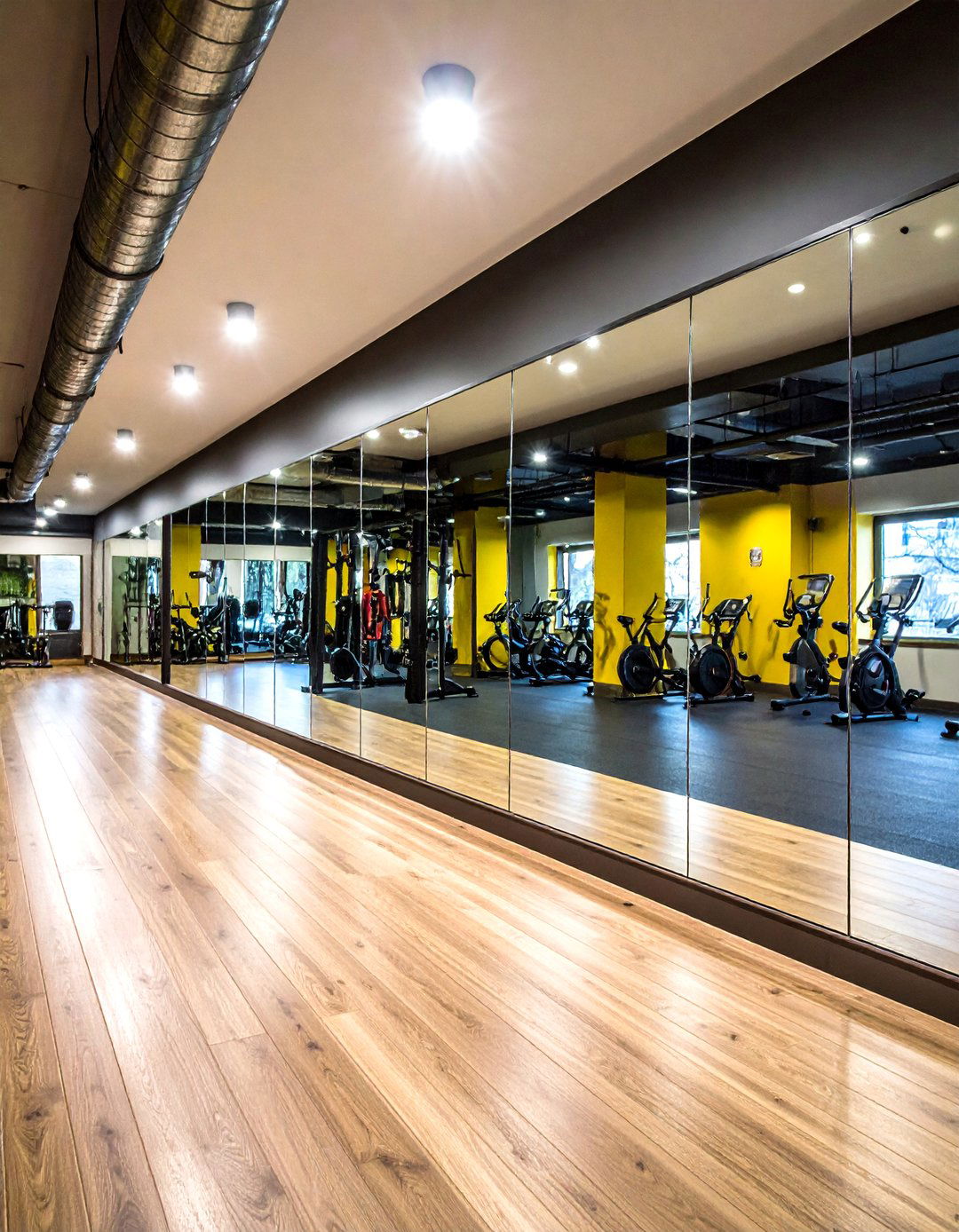
Fitness-grade glass mirrors spanning at least six feet high give immediate technique feedback while visually doubling tight basement dimensions. Glass pros advise mounting mirrors on a stud-backed wall opposite your primary lifting lane, leaving a four-inch gap above the floor so dropped dumbbells can’t crack the glass. Designers add that mirrors placed to reflect a window—or even a narrow window well—multiply natural light and keep the space from feeling closed in. Use J-channel tracks instead of adhesive; they allow easy replacement should a plate ever glance the glass.
6. Fold-Away Cardio Machines Free Valuable Basement Gym Real Estate

Space-saving treadmills, rowers, and bikes now fold flat against a wall or roll beneath shelving, letting a compact basement gym shift from conditioning to strength work in seconds. When evaluating models, compare footprint both in use and stowed, and look for hydraulic assists that lower decks slowly—crucial on concrete floors where sudden drops can shear off components. Mount a simple wall hook for resistance bands nearby so warm-ups remain easy even after the machine disappears.
7. Smart Fitness Hub Adds Coaching to Your Basement Gym
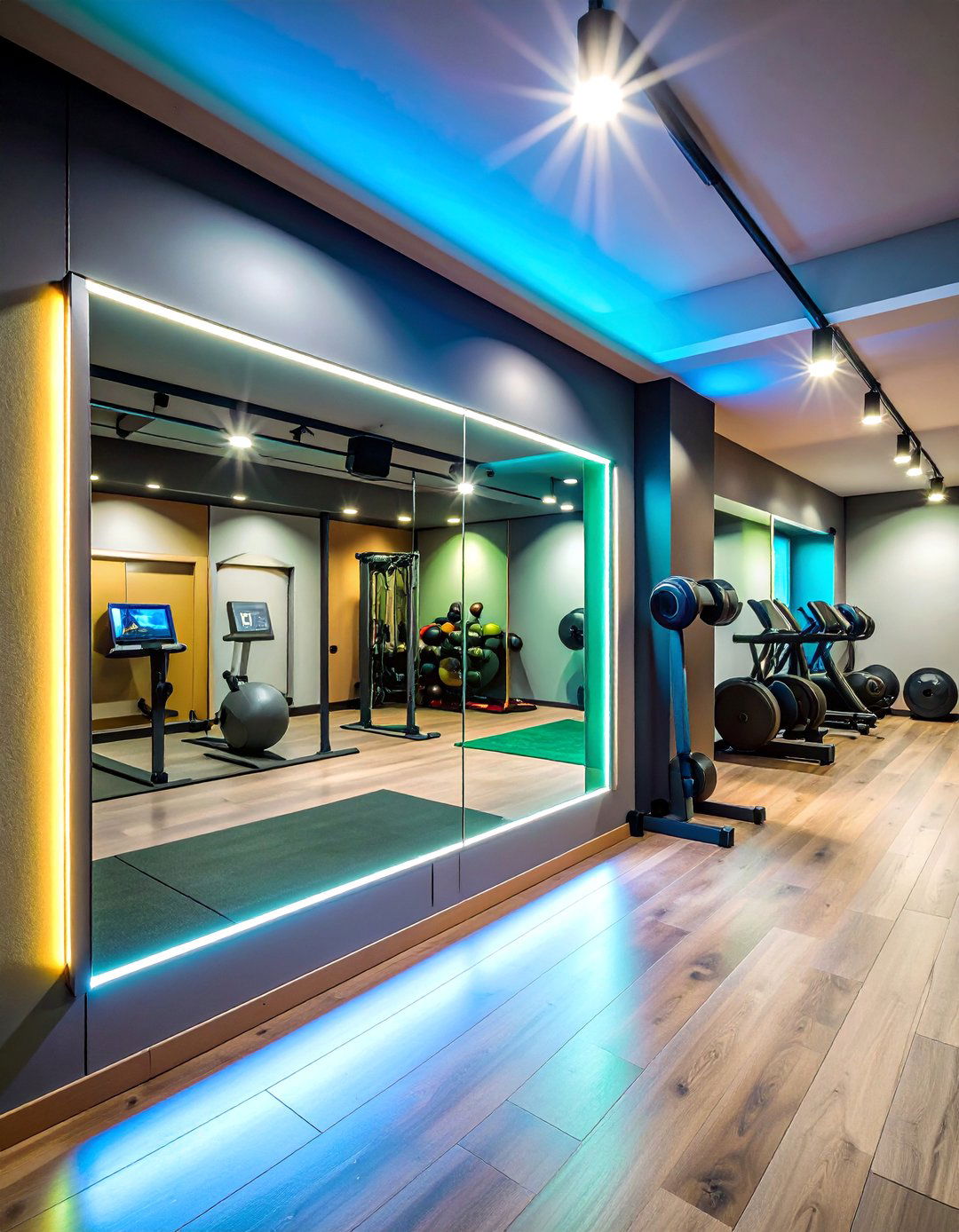
Interactive fitness mirrors and app-linked racks provide on-screen feedback, heart-rate integration, and leaderboards without hogging square footage. Testers praise new models that recess only a few inches into the wall and tie into Bluetooth soundbars for immersive classes. Position the screen opposite a blank workout lane so lunges and burpees stay visible, and hard-wire the unit to avoid Wi-Fi lags during live coaching.
8. Wall-Mounted Storage Racks Keep the Basement Gym Clutter-Free

Vertical storage turns bare foundation walls into organized displays. Reviews of heavy-duty steel shelving show wall-mount dumbbell racks can hold up to 500 lb while collapsing to four inches when empty. Basement trainees who installed slat walls report faster cleanup, easier vacuuming, and less tripping over plates on lift days. Install rack screws into blocking or masonry anchors rated for twice the loaded weight to protect brittle block foundations.
9. Power Rack & Anchored Pull-Up Bar Form the Basement Gym’s Strength Core
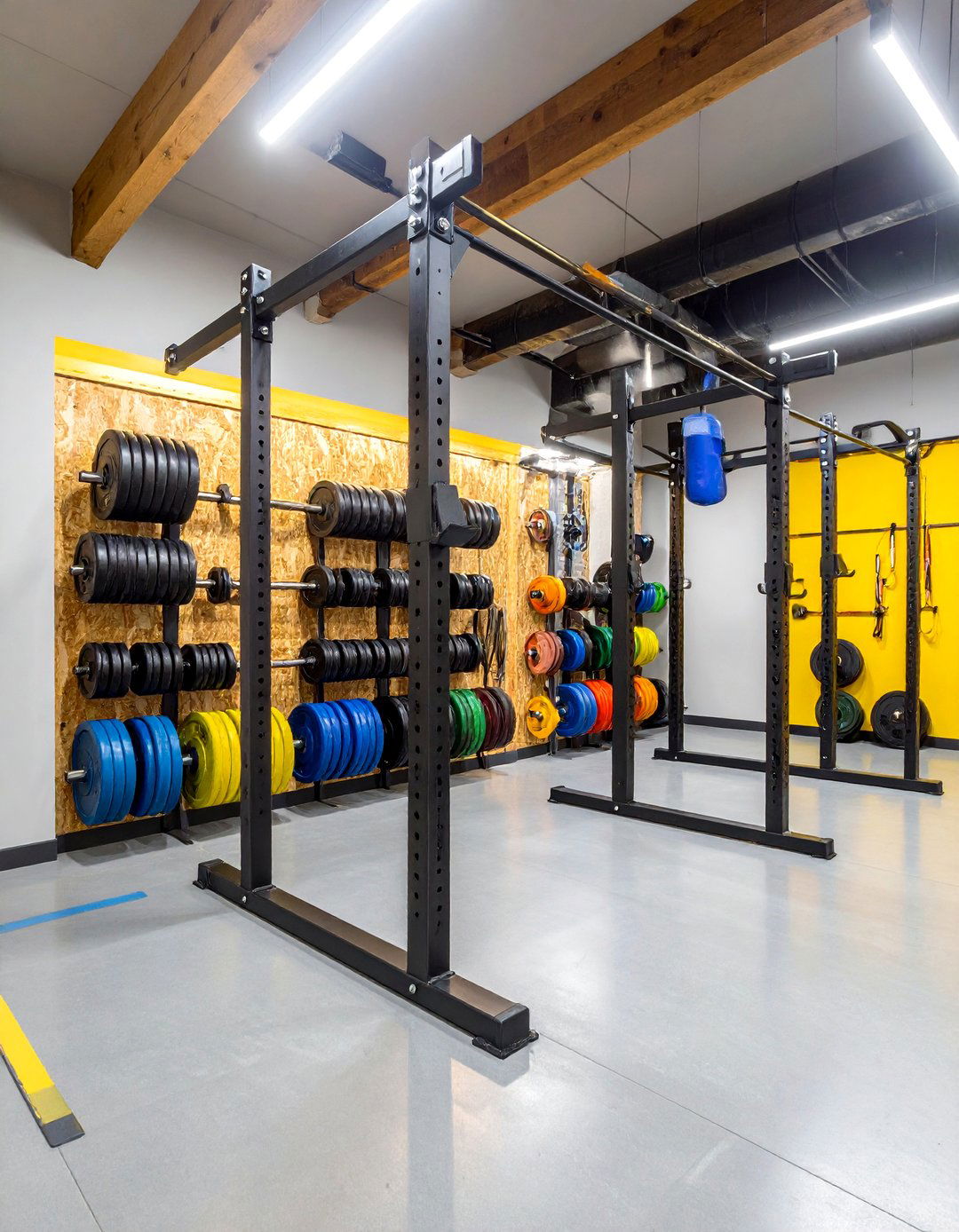
A solid rack with integrated pull-up bar delivers squats, presses, and suspension moves in one footprint. Experienced installers recommend lagging 2 × 4 blocking horizontally across studs, then bolting the bar into that beam for increased load distribution, especially important for dynamic kipping movements. Folding power racks from swing-up designs save aisle space and still support over 1000 lb when open, ideal for basements with narrow access stairs. Add spotter arms and numbered uprights so adjustments stay quick between users.
10. Energizing Paint Palette Elevates Basement Gym Motivation
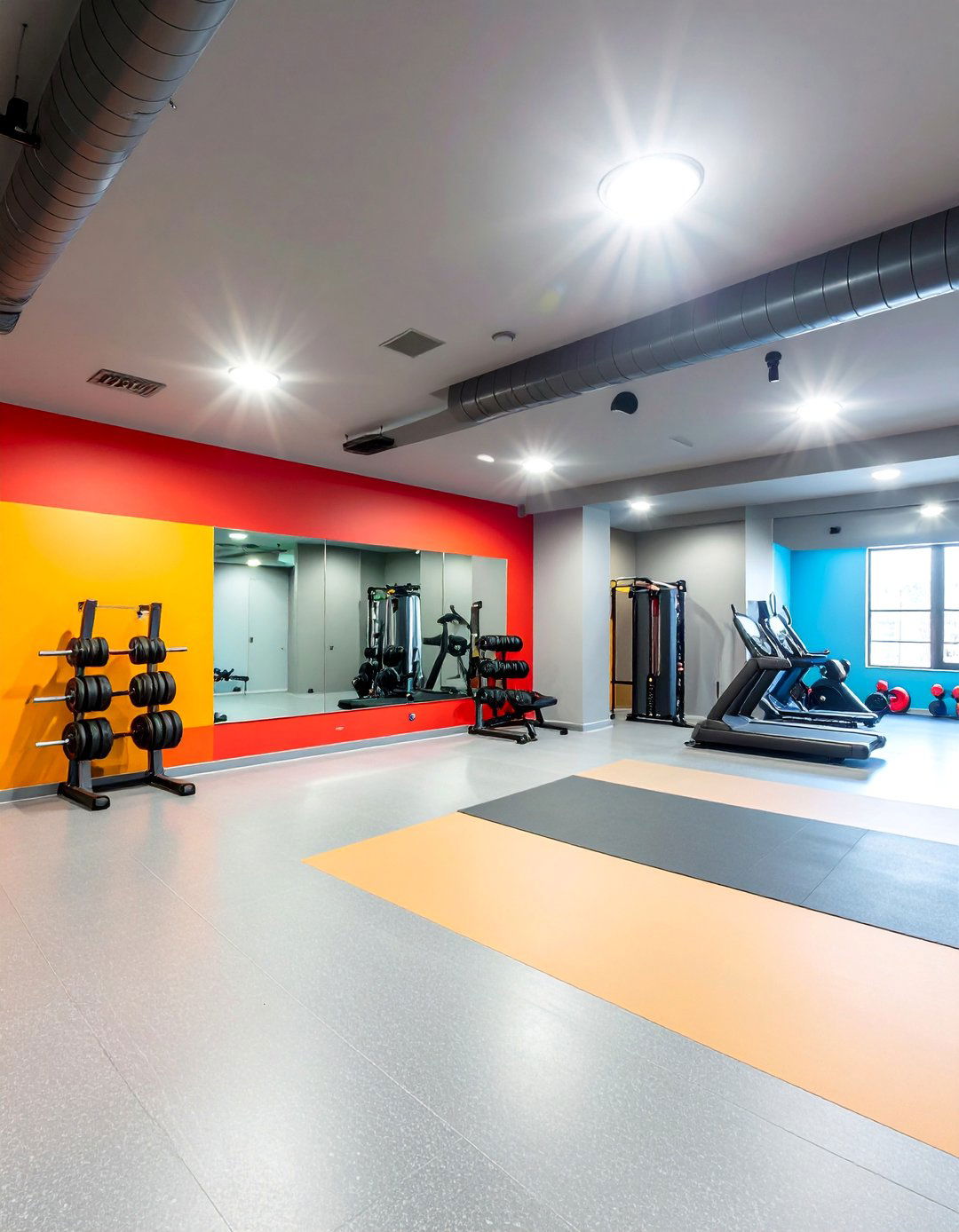
Color psychology experiments find that warm reds and oranges spike perceived energy during high-intensity intervals, while cooler greens and blues calm the nervous system for yoga or recovery work. Designers favor pairing a neutral gray base with one vivid accent wall to avoid sensory overload in window-less basements. Low-VOC paints in satin finish reflect LED light evenly and wipe clean after chalky workouts, and pros suggest testing swatches under your actual gym lighting before committing.
11. Chalkboard or Whiteboard Wall Tracks Basement Gym Progress
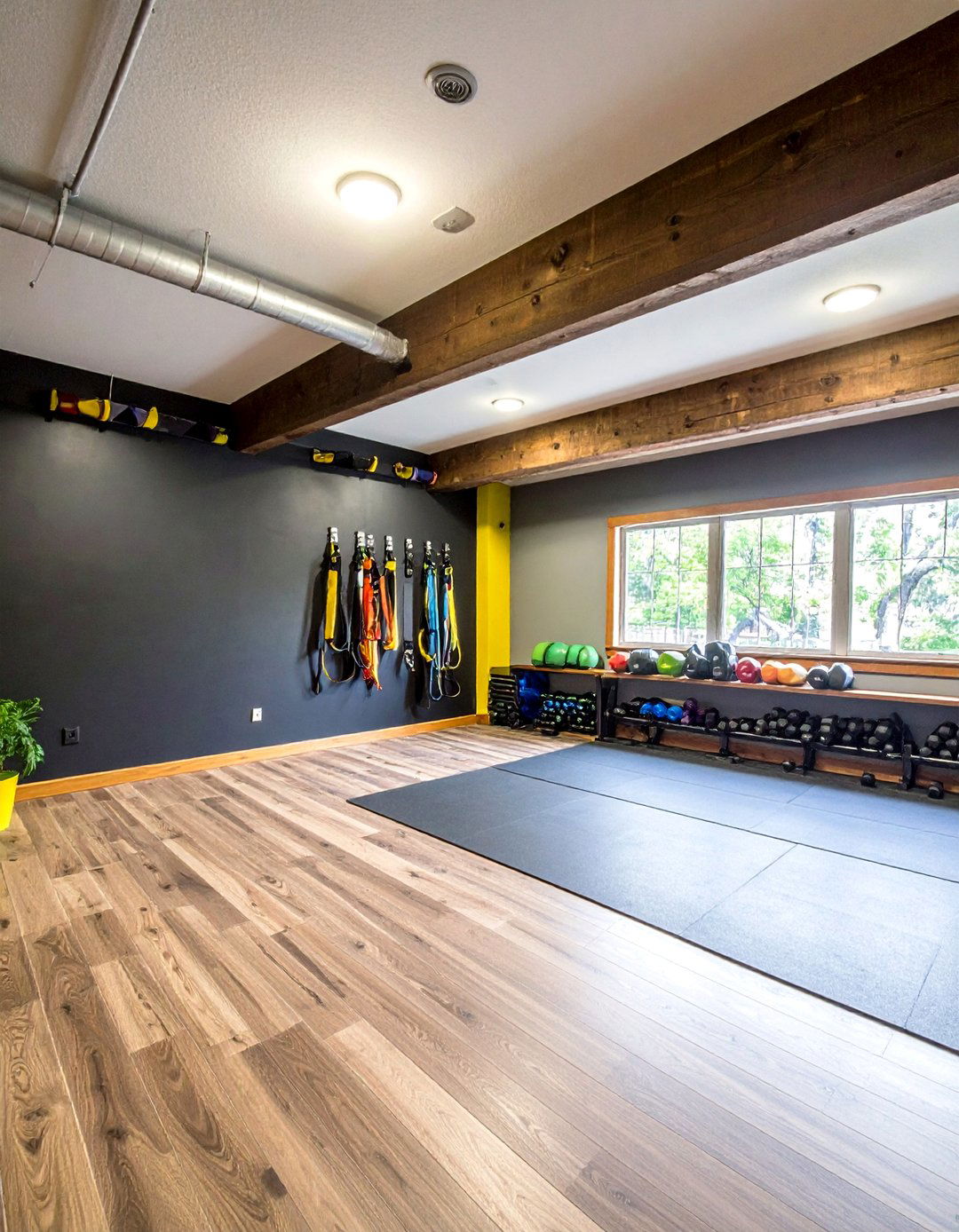
Visual goal-tracking boosts consistency, and small-space gym makeovers highlight entire chalkboard walls used for WOD lists, PR charts, and mobility reminders. Choose moisture-resistant board paint so humidity swings don’t cause peeling, and frame the border with simple pine trim to catch stray chalk dust. Erasing yesterday’s numbers and writing new targets becomes a warm-up ritual that keeps motivation fresh.
12. Zoned Layout Streamlines Traffic inside the Basement Gym
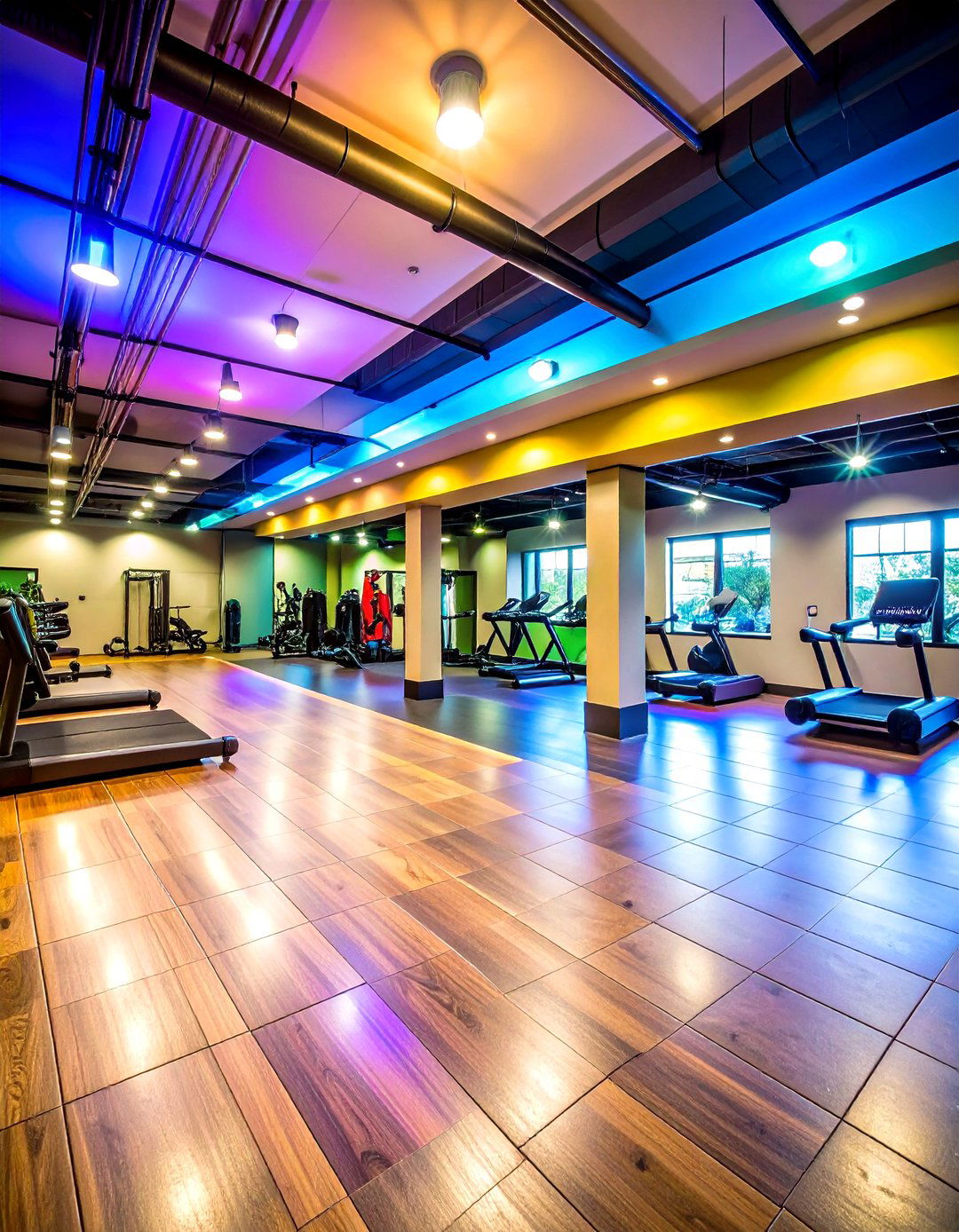
Separating cardio, strength, and stretch areas prevents congestion, even in a 12 × 20-foot basement gym. Remodel guides advise marking zones with contrasting floor tiles or a change in ceiling-mounted lighting color so the mind intuitively switches modes. Keep the recovery corner nearest the door so cool-downs happen before climbing stairs, minimizing post-workout dizziness.
13. Motivational Mural Personalizes Your Basement Gym
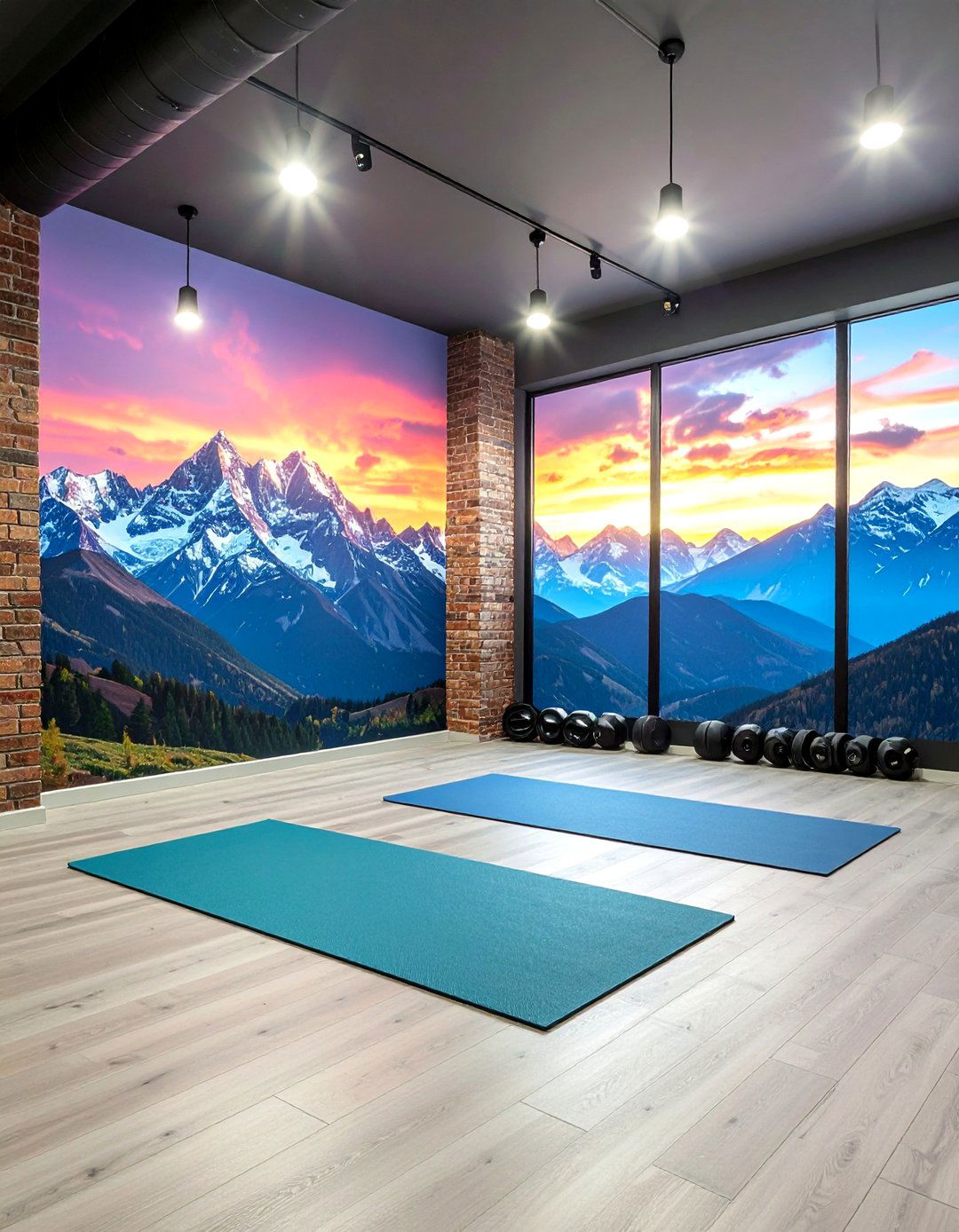
Users share that a single supersized decal—be it a mountain vista or favorite mantra—can transform dull block walls into energizing backdrops. Peel-and-stick vinyl withstands sweat better than framed posters, and LED uplights at the base make the image pop without requiring ceiling height you don’t have. Ensure any adhesive is rated for masonry so it won’t peel under humidity.
14. Platform & Heavy-Lift Zone Protect Both Basement Gym and Neighbors
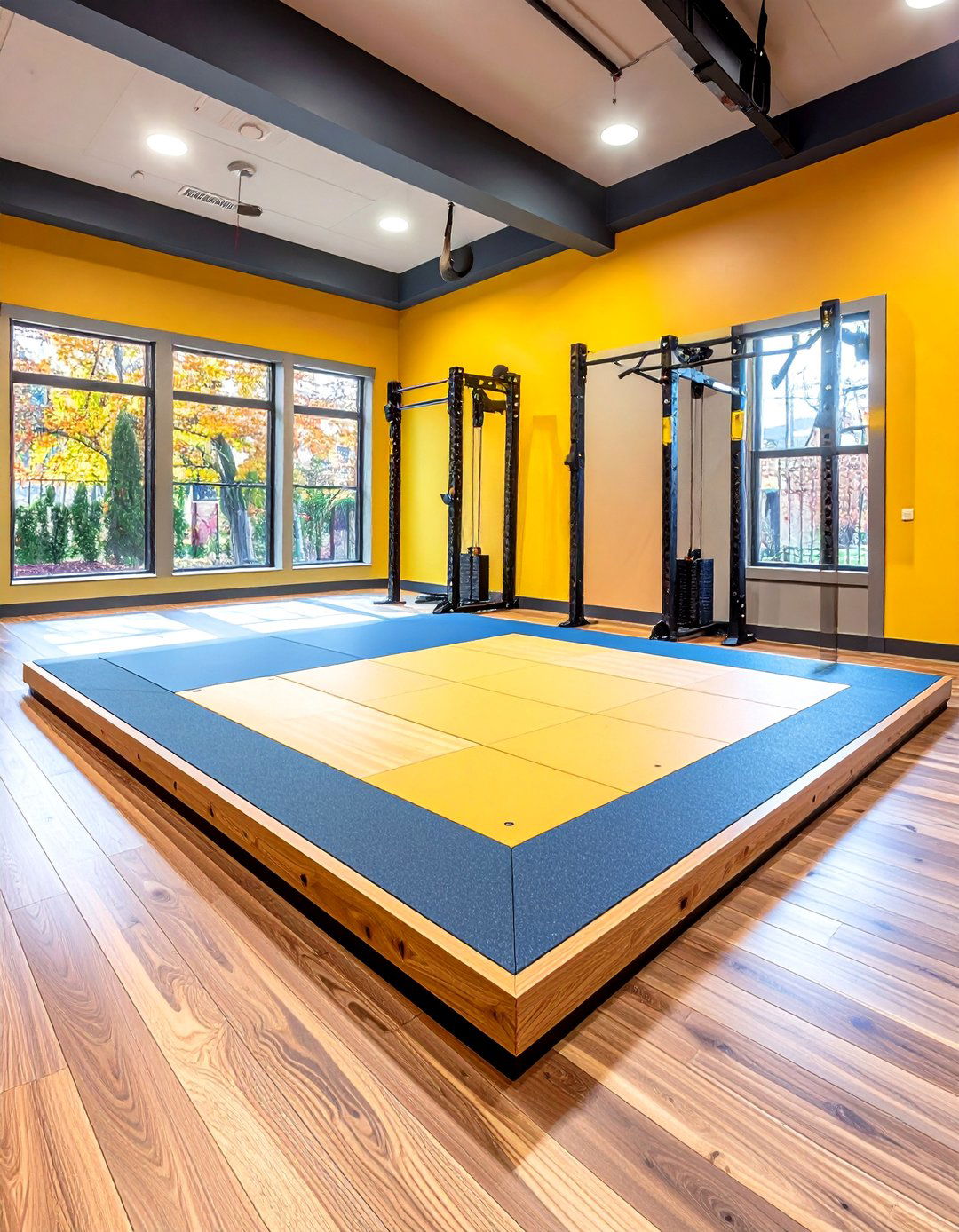
If you perform cleans or snatches, isolate a heavy-lift zone with a plywood-and-rubber platform recessed into thicker shock pads. Impact studies show this sandwich cuts rebound and vibration significantly , while carpet-grade transition strips keep edges from becoming trip hazards. Budget upgrades like recycled stall mats still extend barbell sleeve life and guard the concrete slab beneath.
15. Suspension Trainer Anchor Offers Full-Body Workouts in Minimal Space
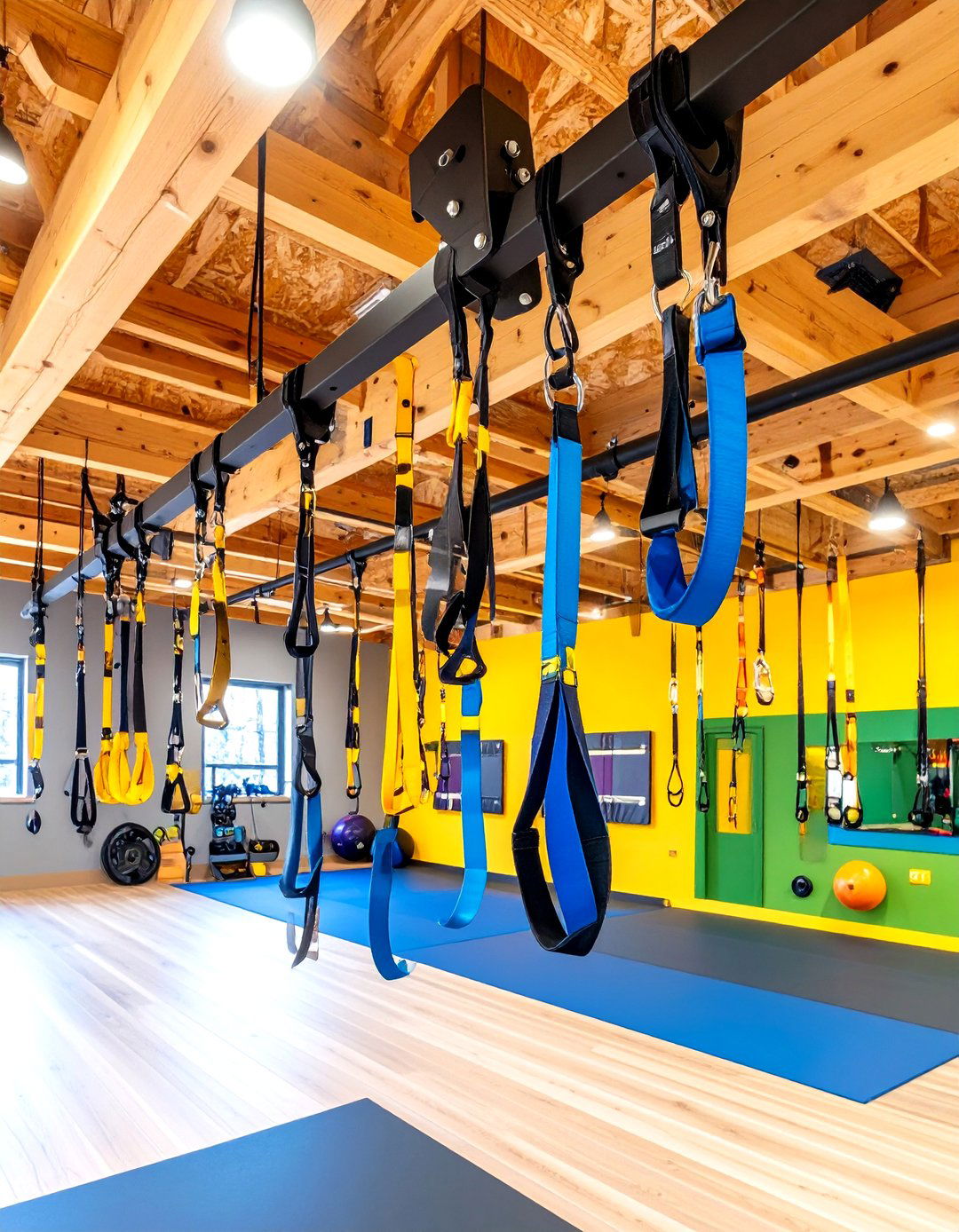
A simple ceiling-mounted eye bolt rated for 400+ lb opens hundreds of body-weight movements without adding bulky machines. Compact-gym guides highlight anchoring it beside the pull-up bar so straps tuck away after use, keeping the basement gym floor clear. Always verify joist direction and use a through-bolt with backing plate to prevent pull-out during explosive moves.
16. Built-In Bluetooth Audio Maintains Focus without Raising Household Volume

Lifters on noise-sensitive floors place slim Bluetooth speakers in ceiling corners and stream playlists at lower overall decibels, avoiding the echo that floor-standing units create. Foam acoustic panels behind the speakers not only sharpen sound but double as decor when cut into geometric shapes that match your color palette.
17. Adjustable Fans & Air Purifier Keep Basement Gym Air Crisp
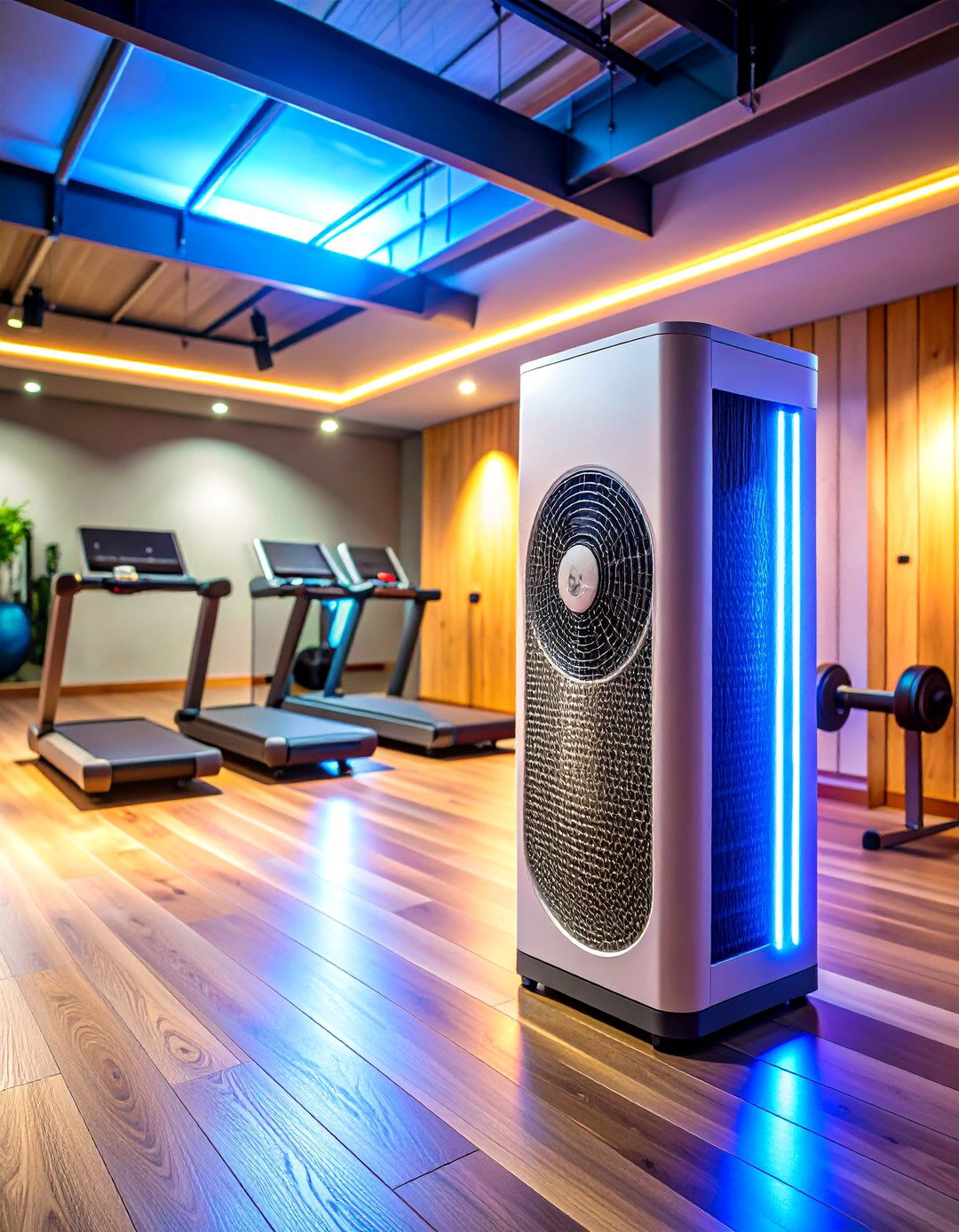
Rotating fans aimed diagonally across the workout lane disrupt stagnant air, while HEPA purifiers nab chalk dust before it settles on plates. Appliance testers observe that purifiers with washable pre-filters excel in basements, where concrete fines often drift in through cracks. Place sensors at shoulder height—the zone where you breathe hardest—to auto-adjust airflow.
18. Window Wells and Light Tubes Bring Daylight into the Basement Gym
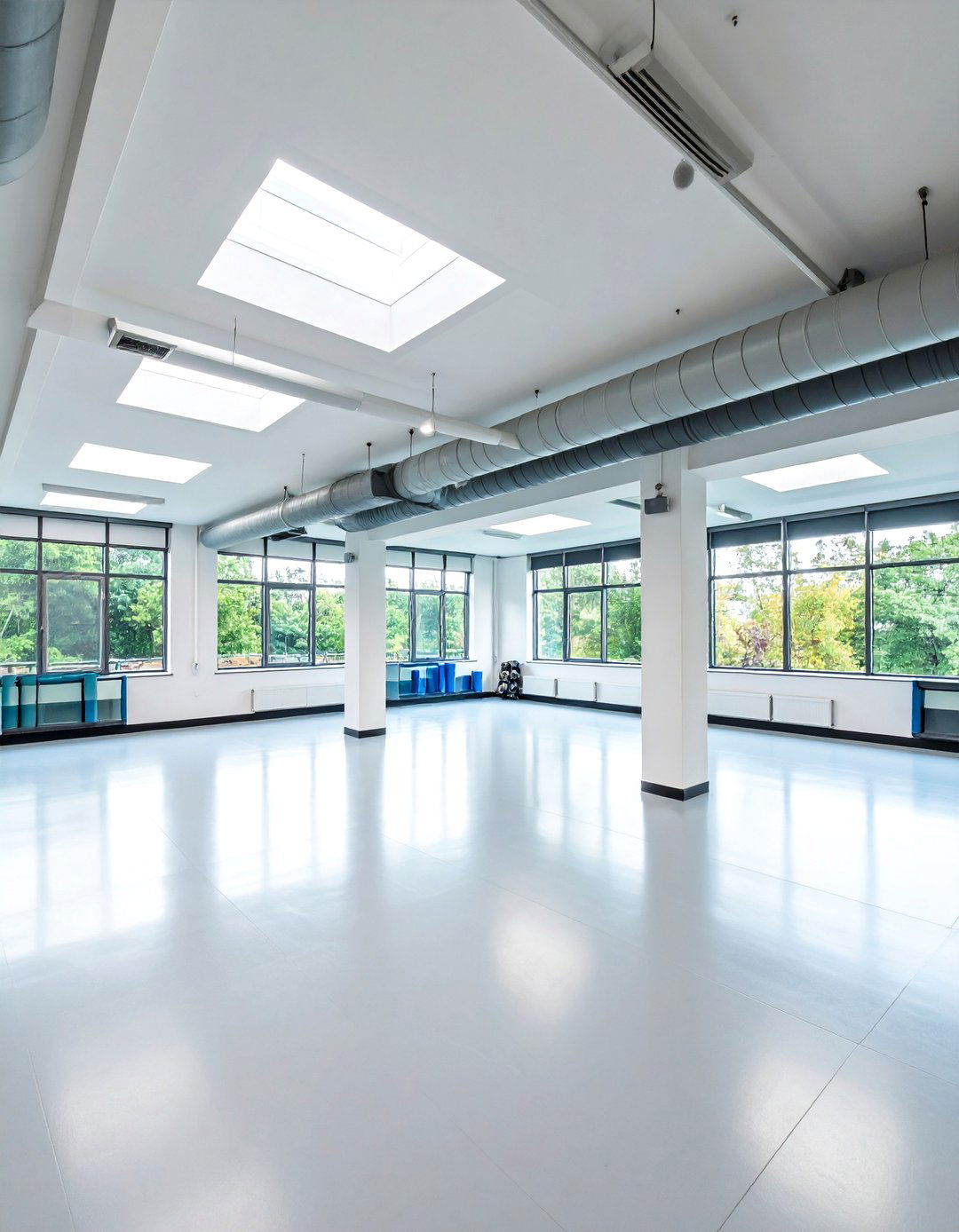
Even partial daylight lifts mood and circadian rhythm. Designers report that enlarging window wells and painting their walls white bounces sun deeper into a basement gym, while affordable tubular skylights channel outside light through reflective ducts to otherwise dark corners. Add blackout shades for screen-based workouts that require dim conditions.
19. Modular Kettlebell and Dumbbell System Maximizes Basement Gym Versatility
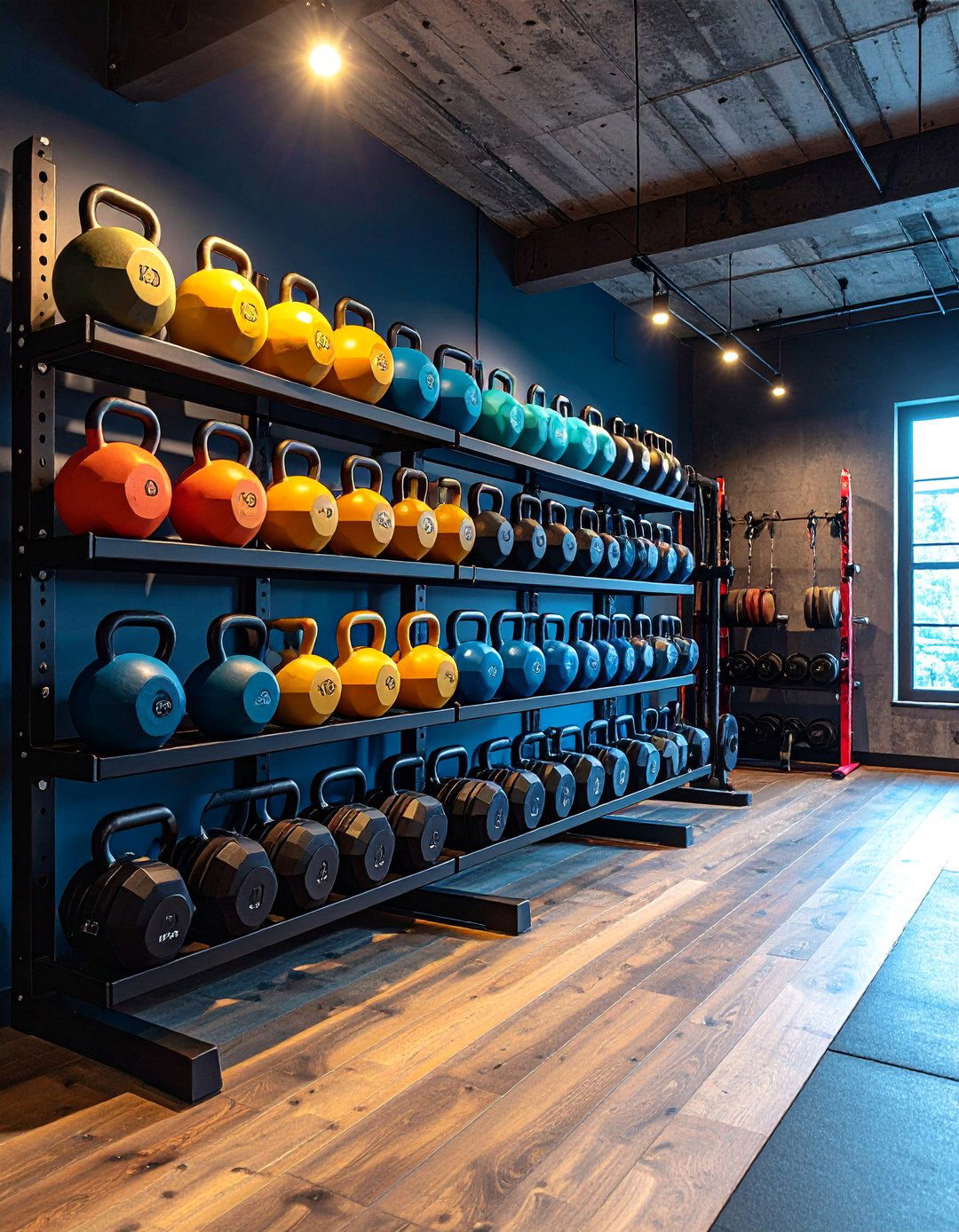
Adjustable dumbbells that click from 5 lb to 50 lb replace an entire rack, saving both cash and square footage; reviewers confirm modern selectors feel nearly as balanced as fixed iron bells. Pair them with color-coded adjustable kettlebells to shift between swings and presses without clutter, and store both on the wall rack described earlier to keep the floor clear for foot-work drills.
20. Recovery Corner Completes Your Basement Gym’s Lifecycle
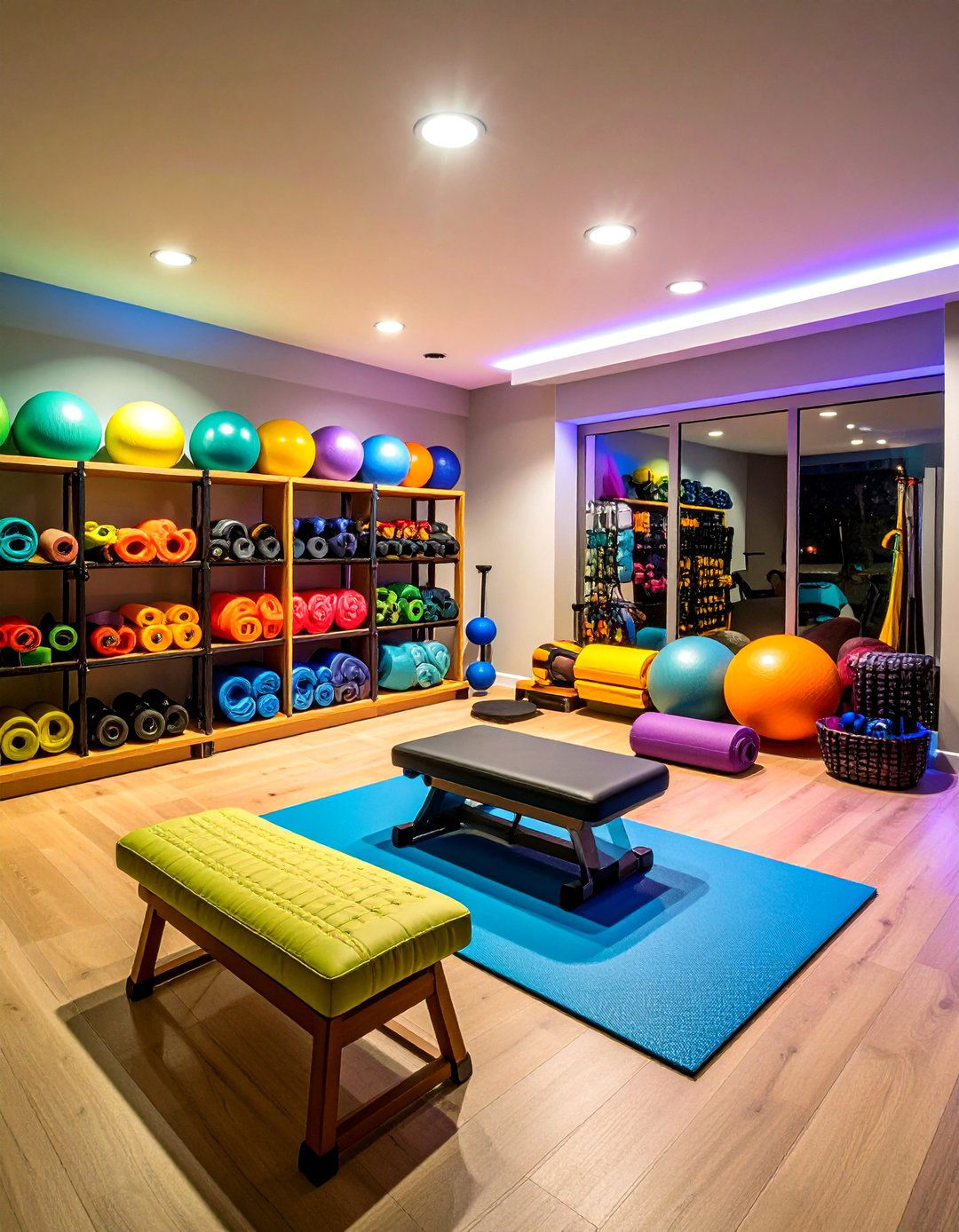
Rolling yourself out on a dense foam roller beside a low stool does wonders after hard sets. Small-gym layouts showcase a recovery nook holding a mat, massage ball basket, and smart tablet streaming mobility routines so cooldowns happen on-site rather than upstairs on the carpet. Soft LED strip lighting set to warm white signals to your brain it’s time to shift from high-intensity output to restorative stretching, closing the loop on a productive session.
Conclusion:
A well-planned basement gym hinges on more than equipment; it thrives on thoughtful flooring, clean air, smart lighting, clever storage, and inspiring design touches. Each idea above layers practical building science with motivational psychology so you train harder, recover faster, and protect your home investment simultaneously. Adopt one upgrade at a time or tackle several during a weekend remodel—the result will be a resilient, inviting space that keeps your fitness goals only a staircase away.


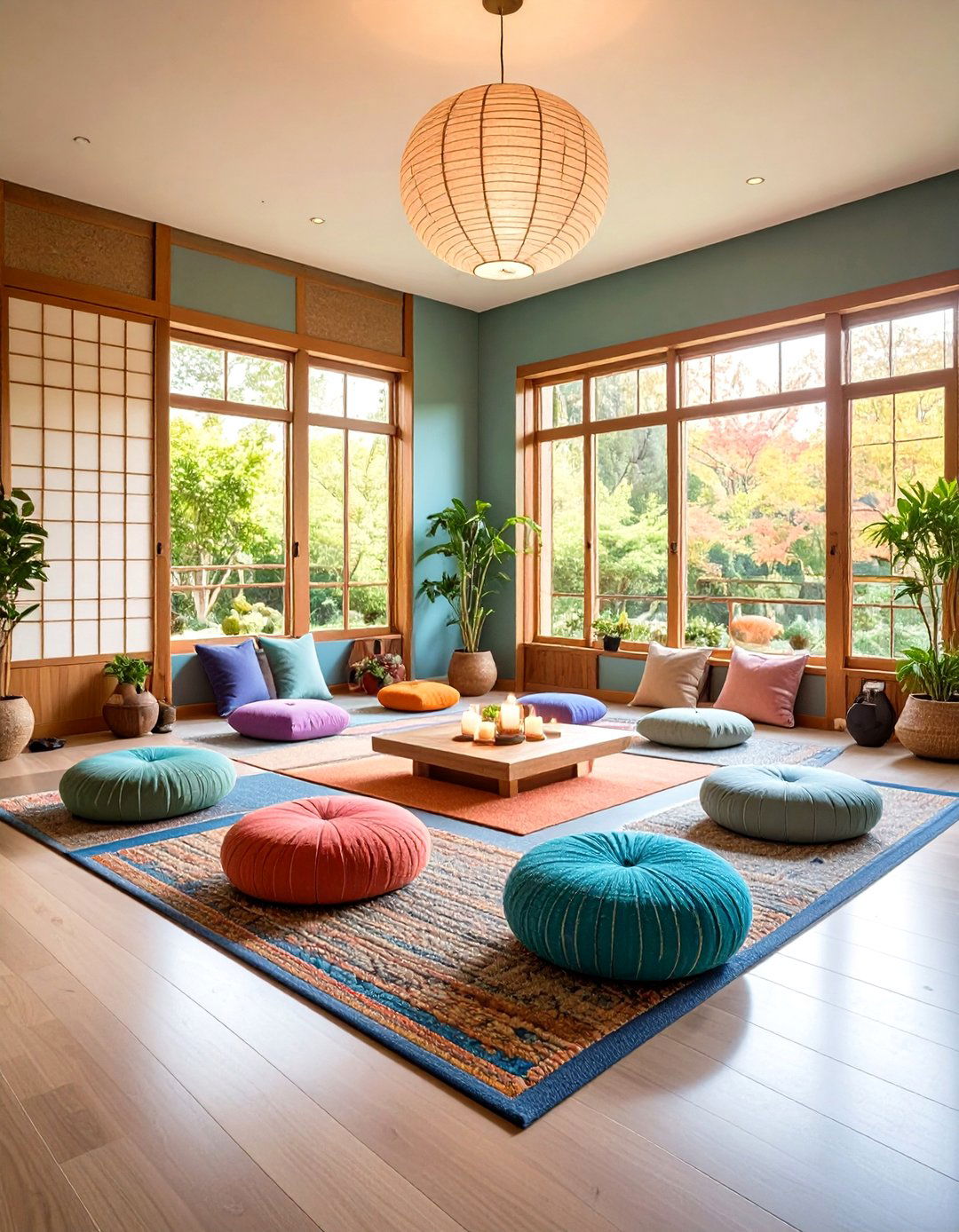
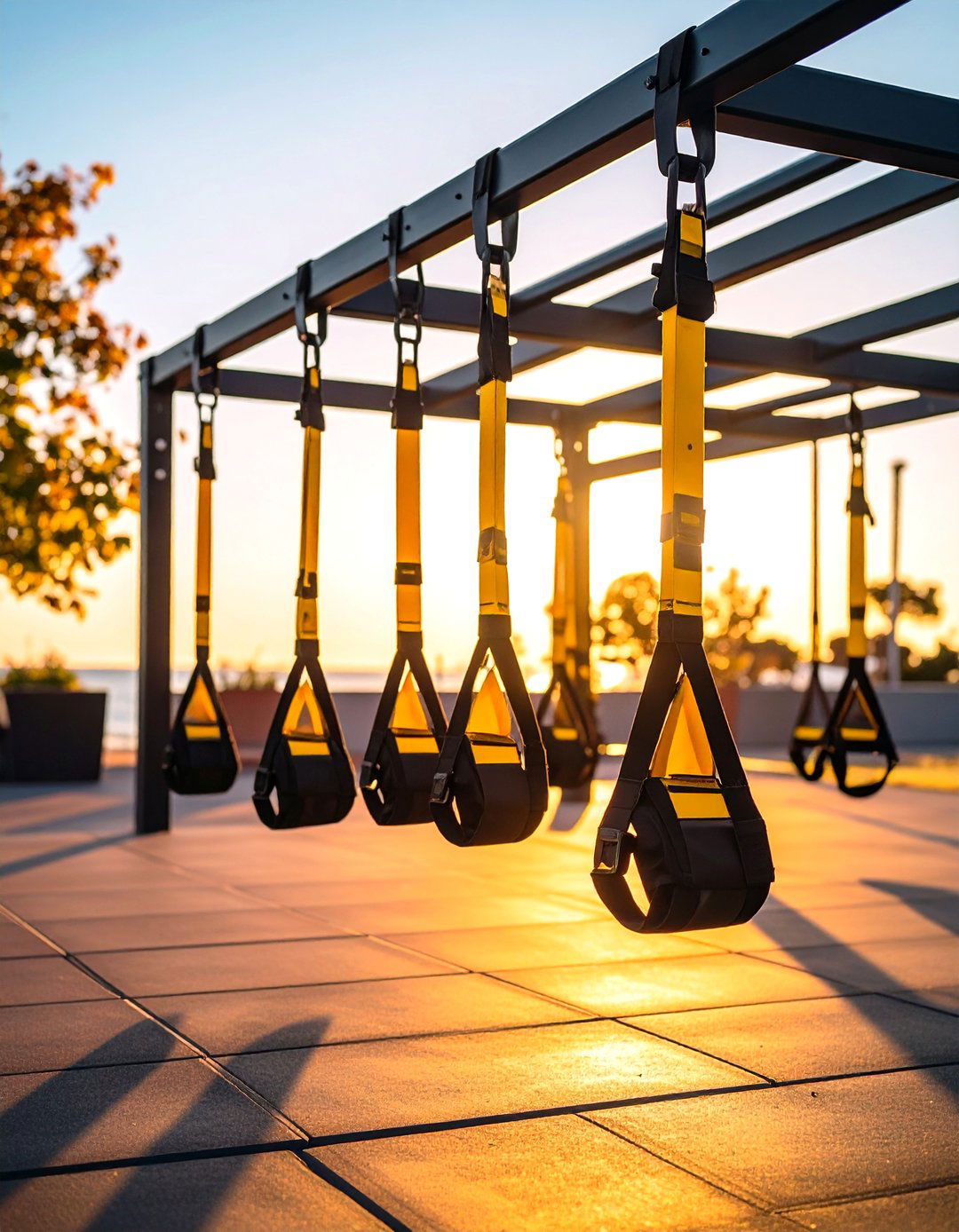
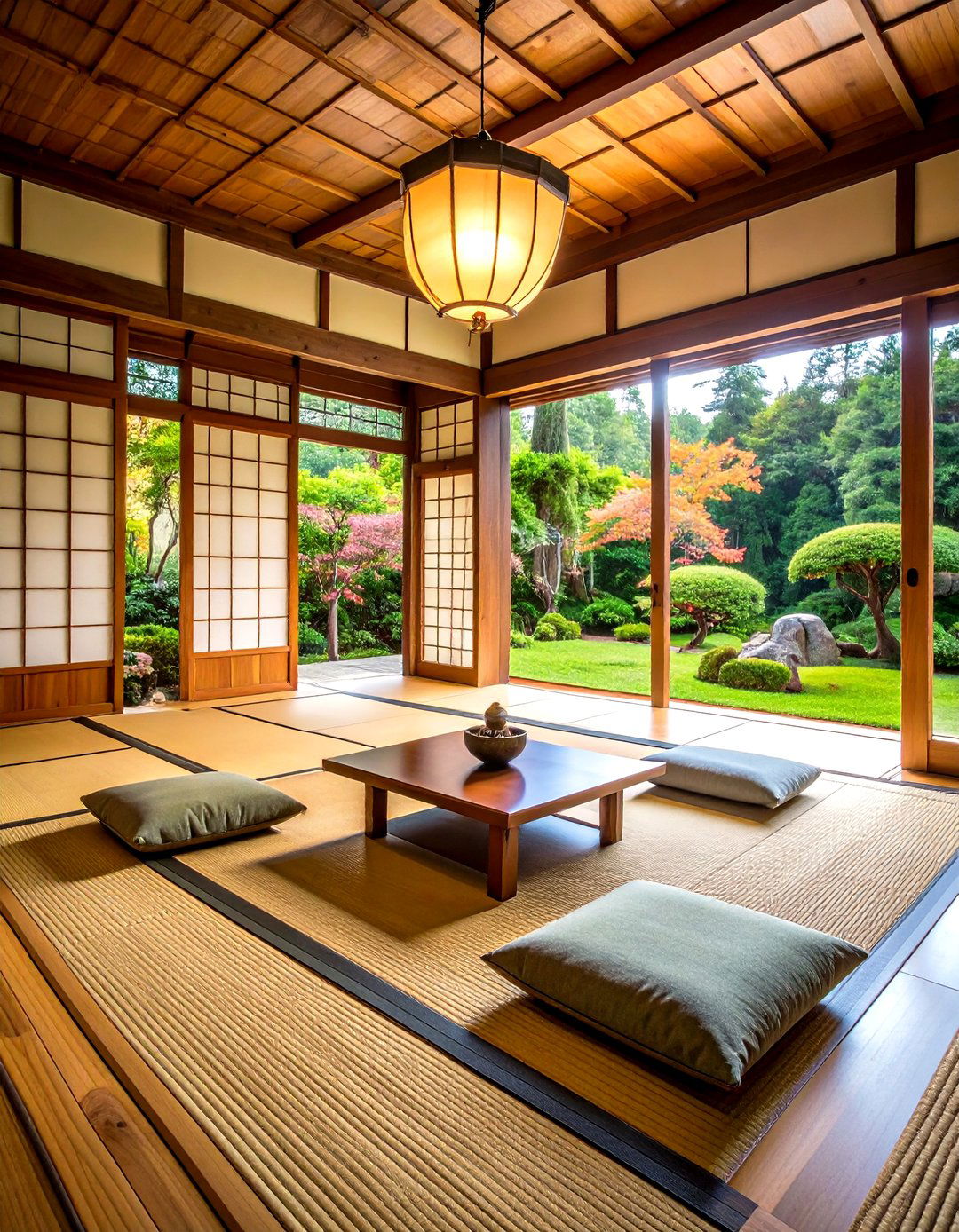
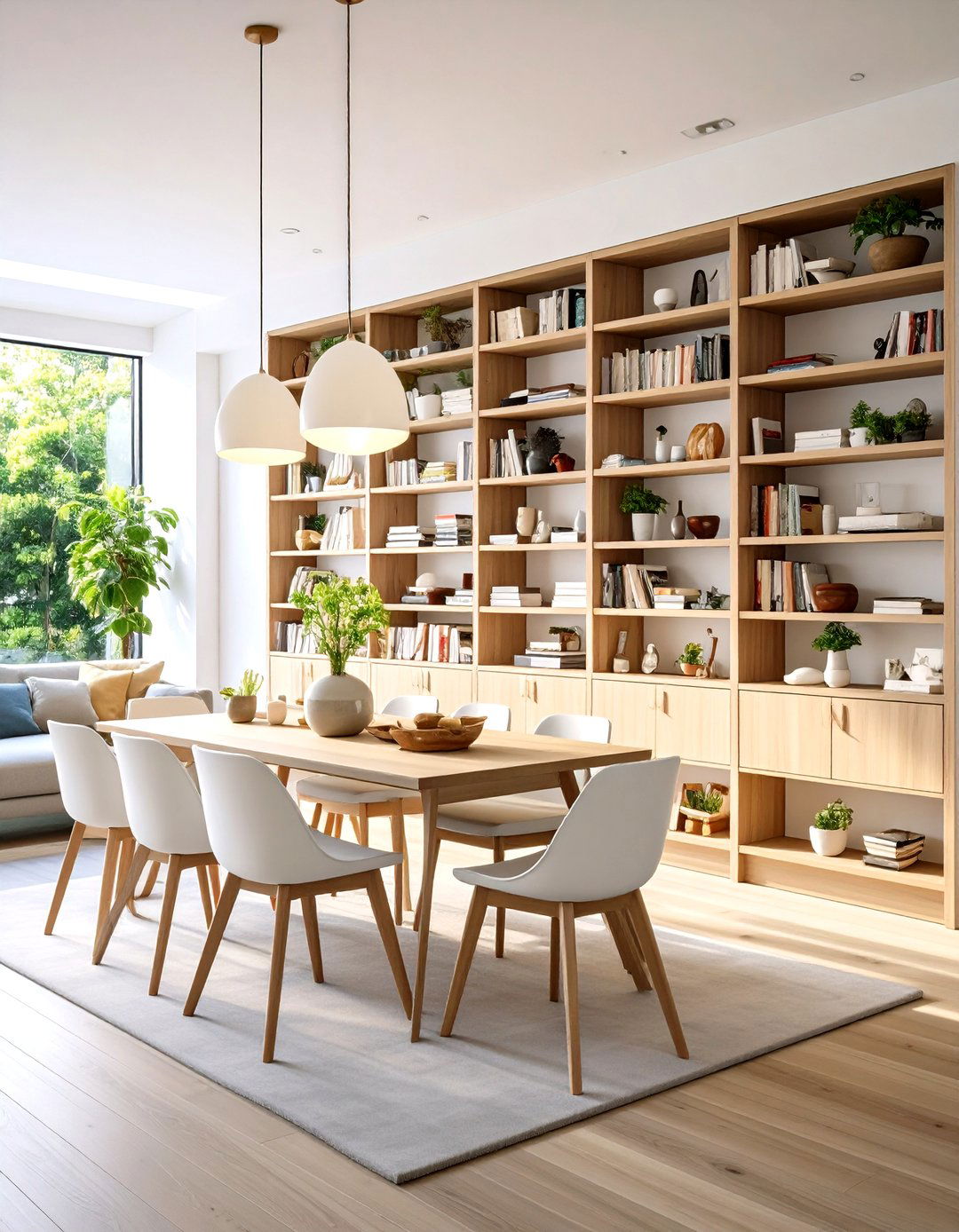
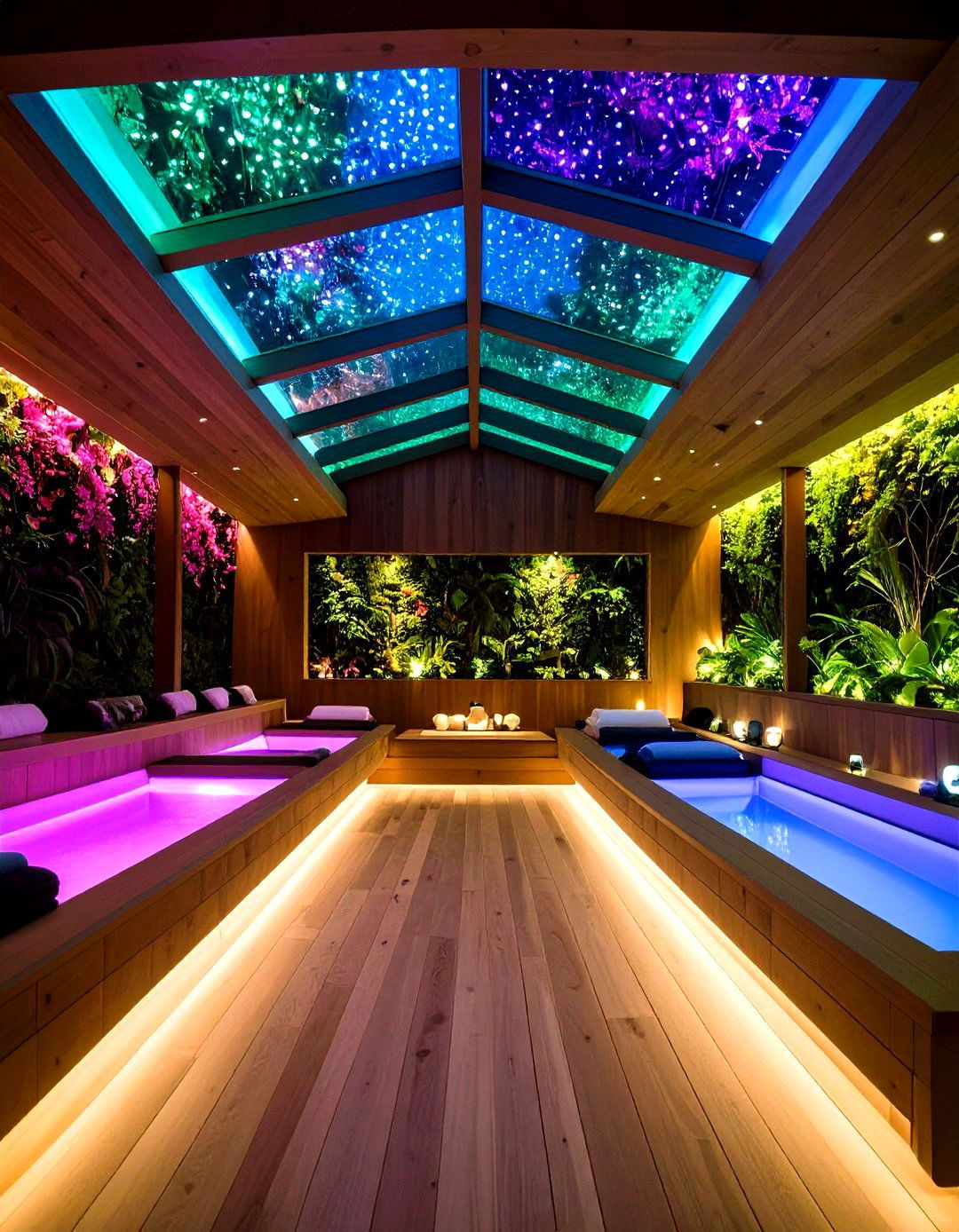
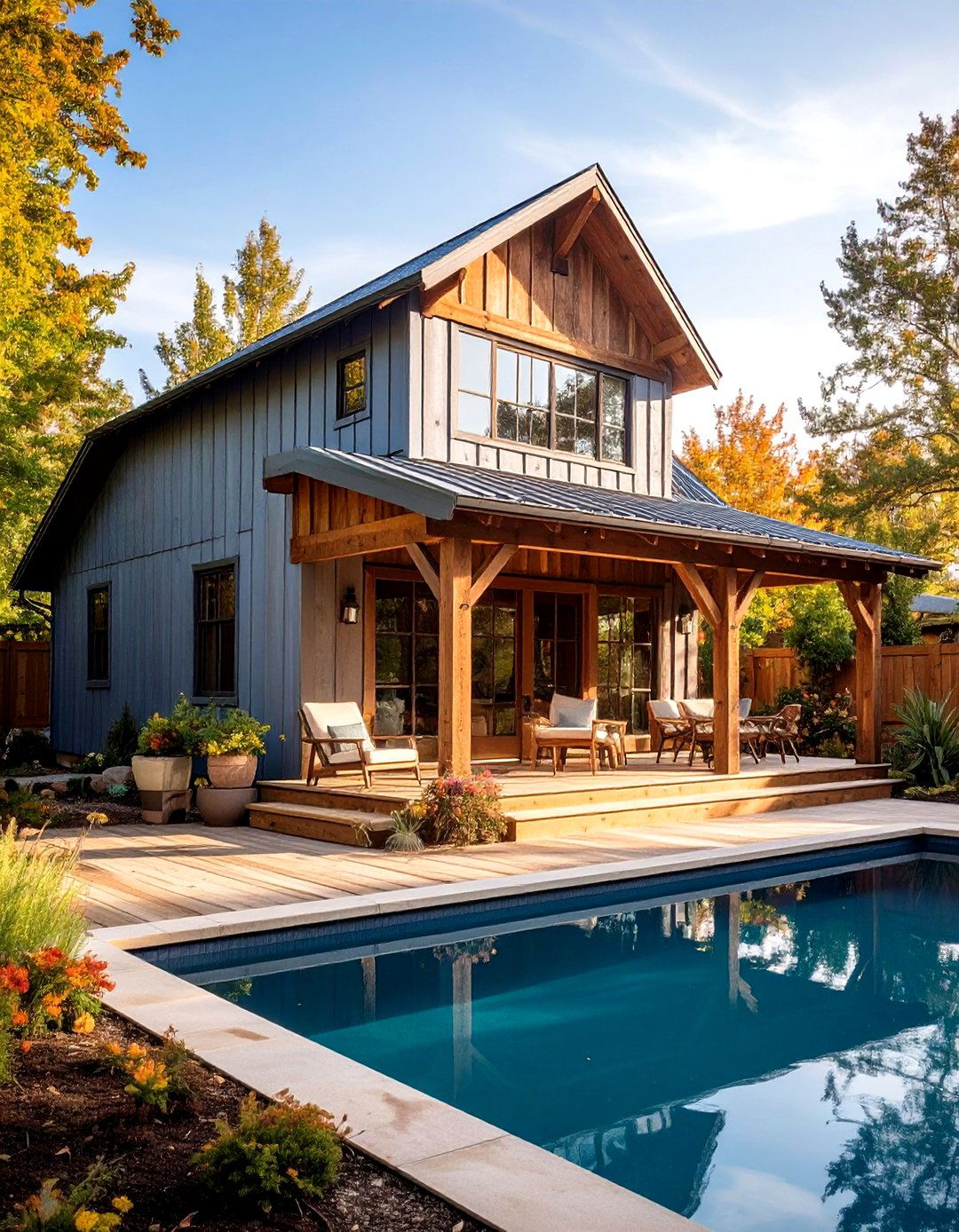
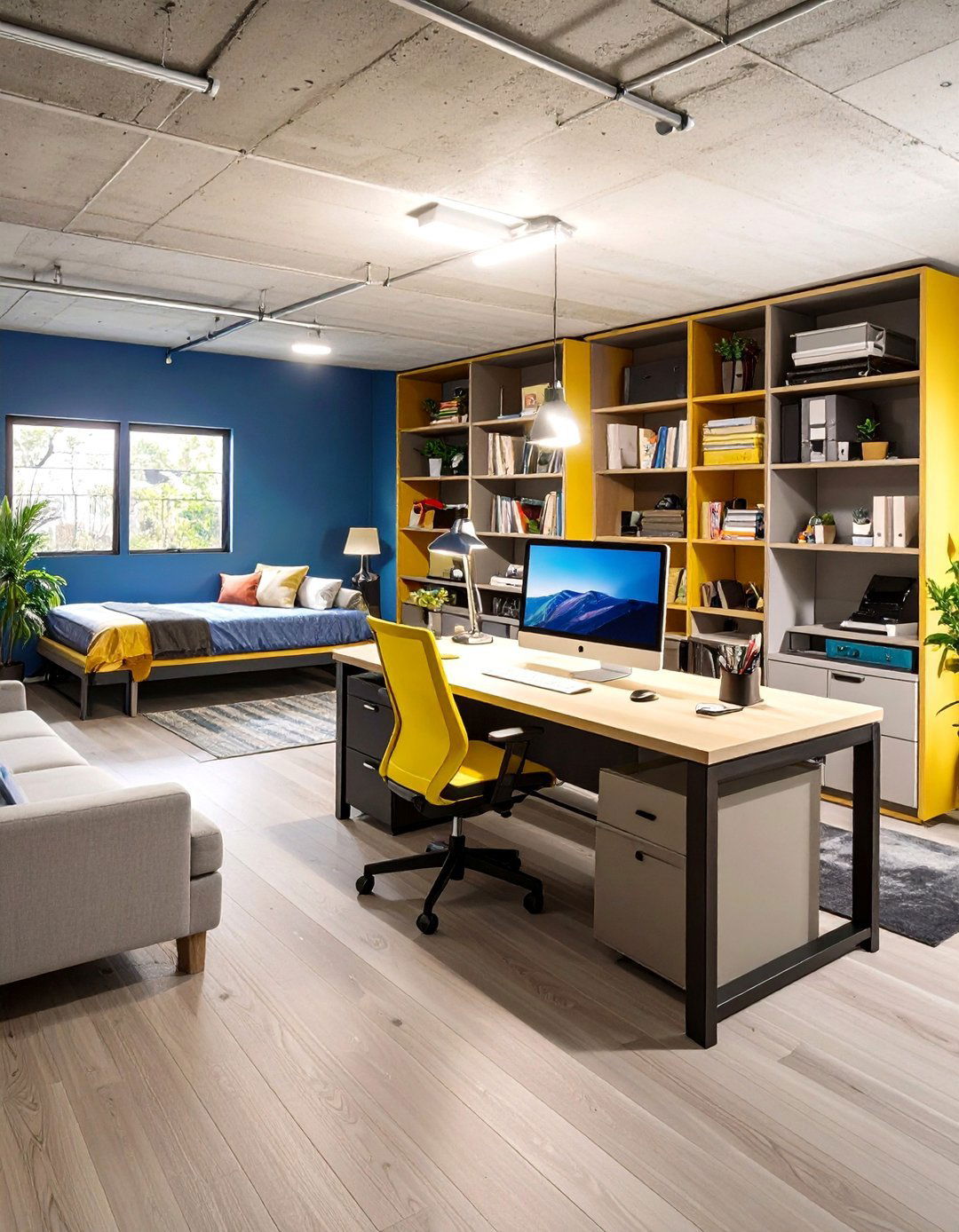
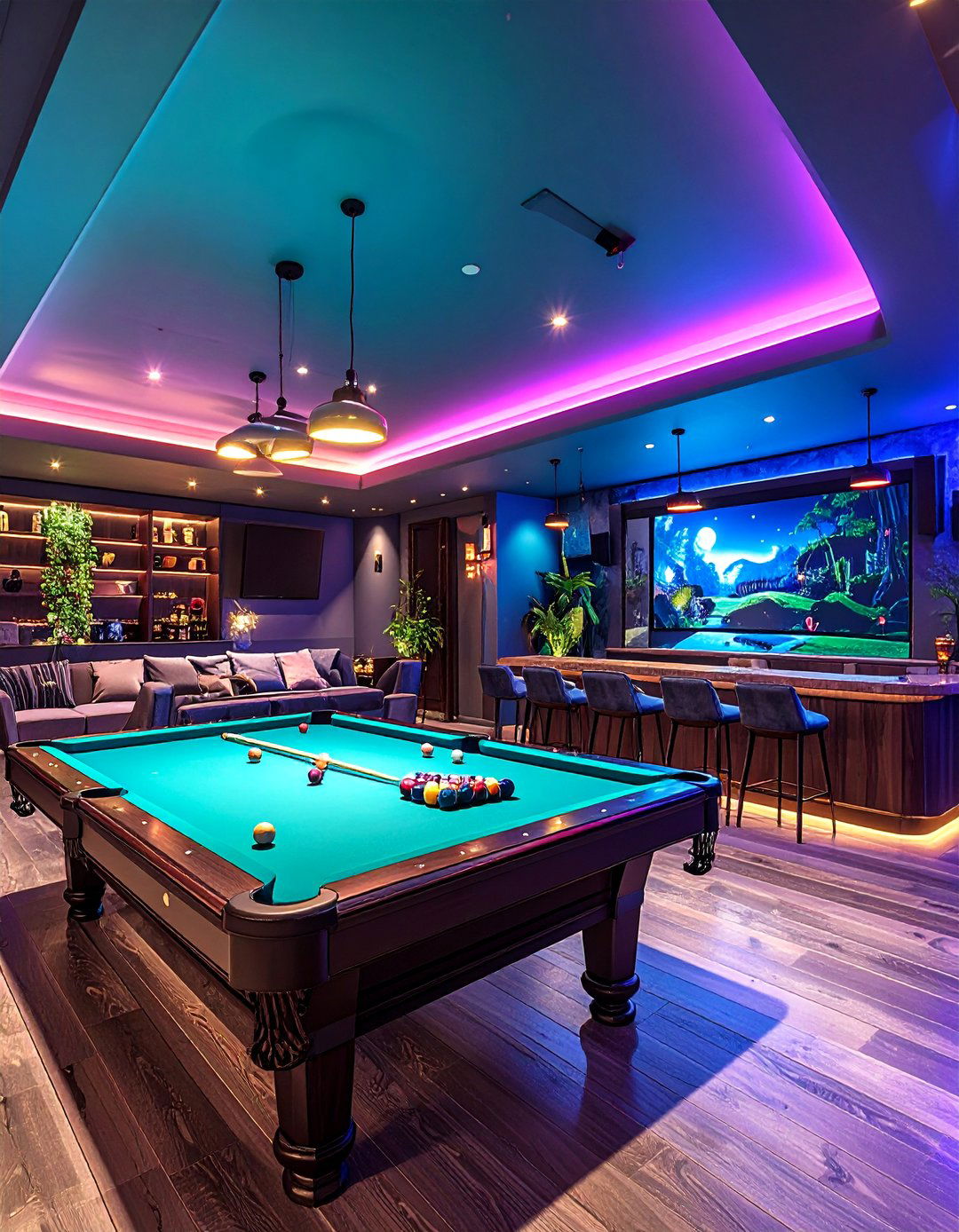
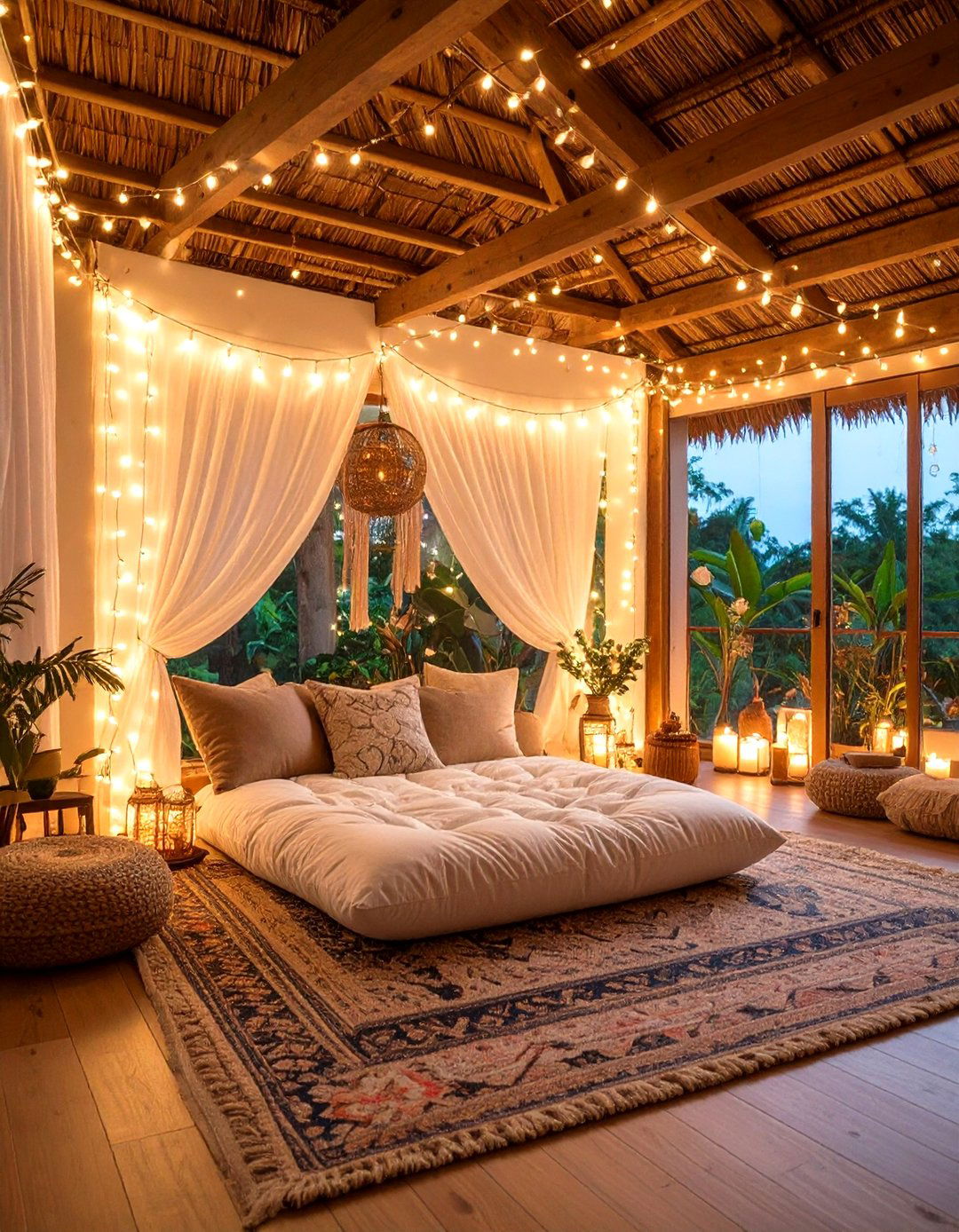
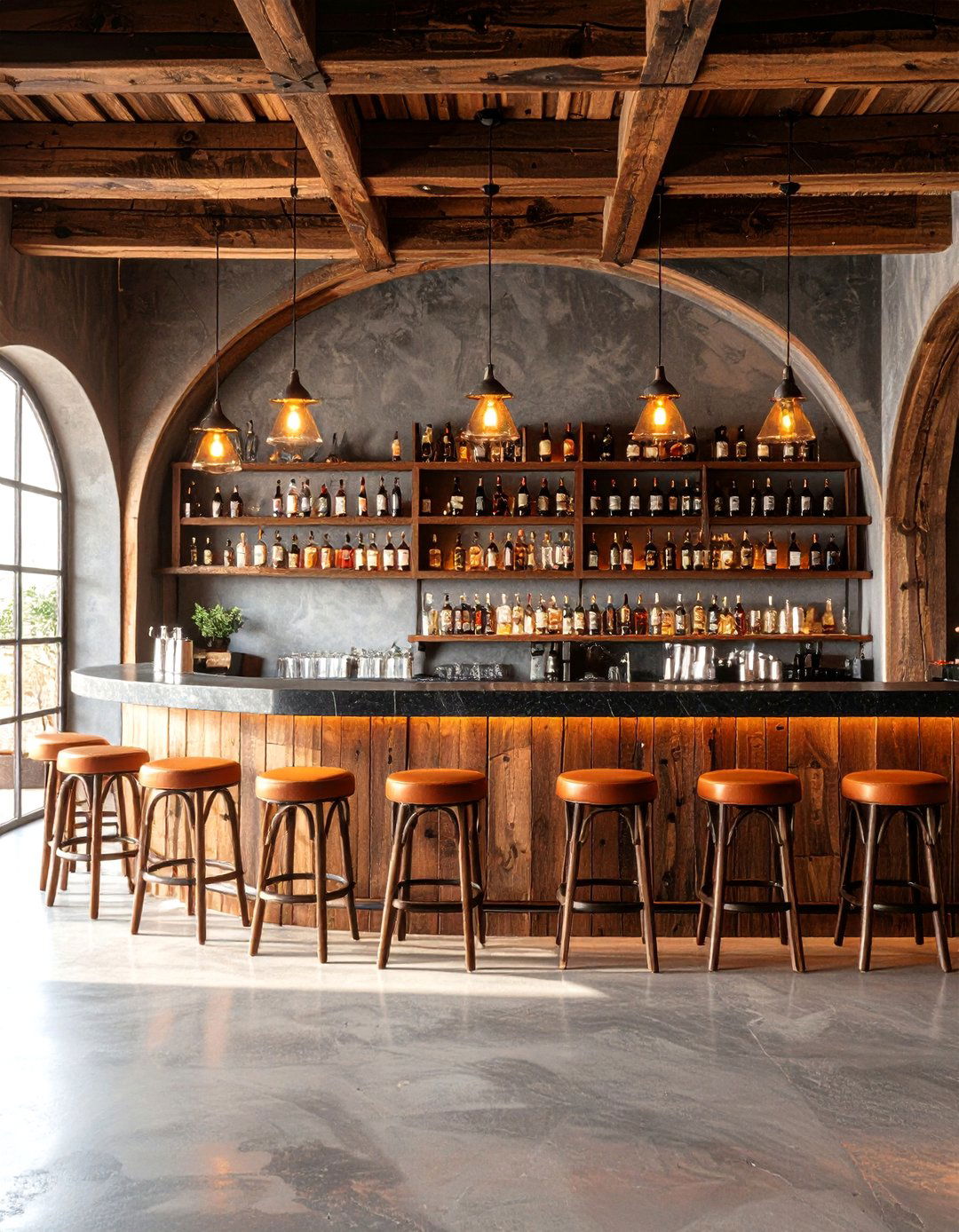
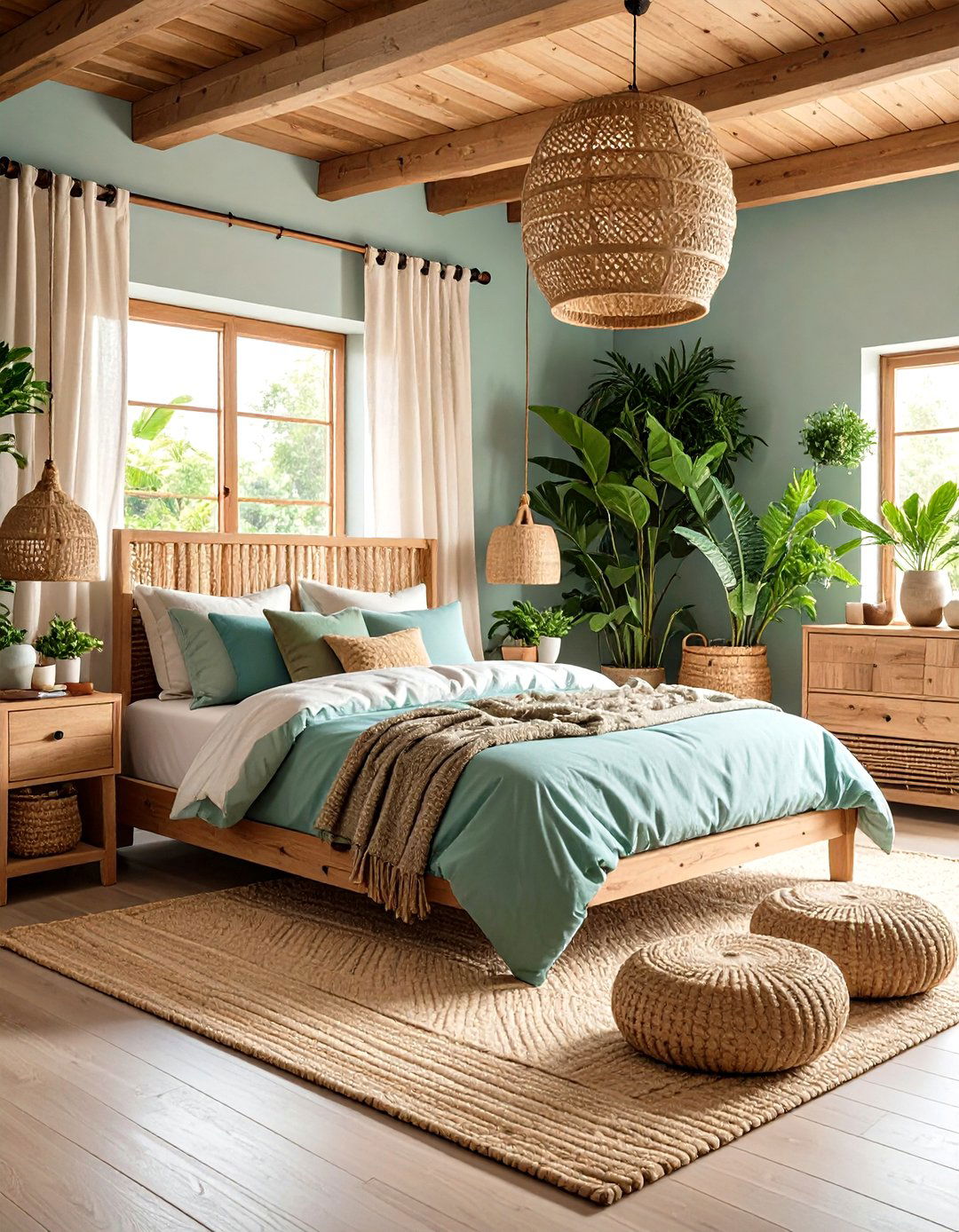

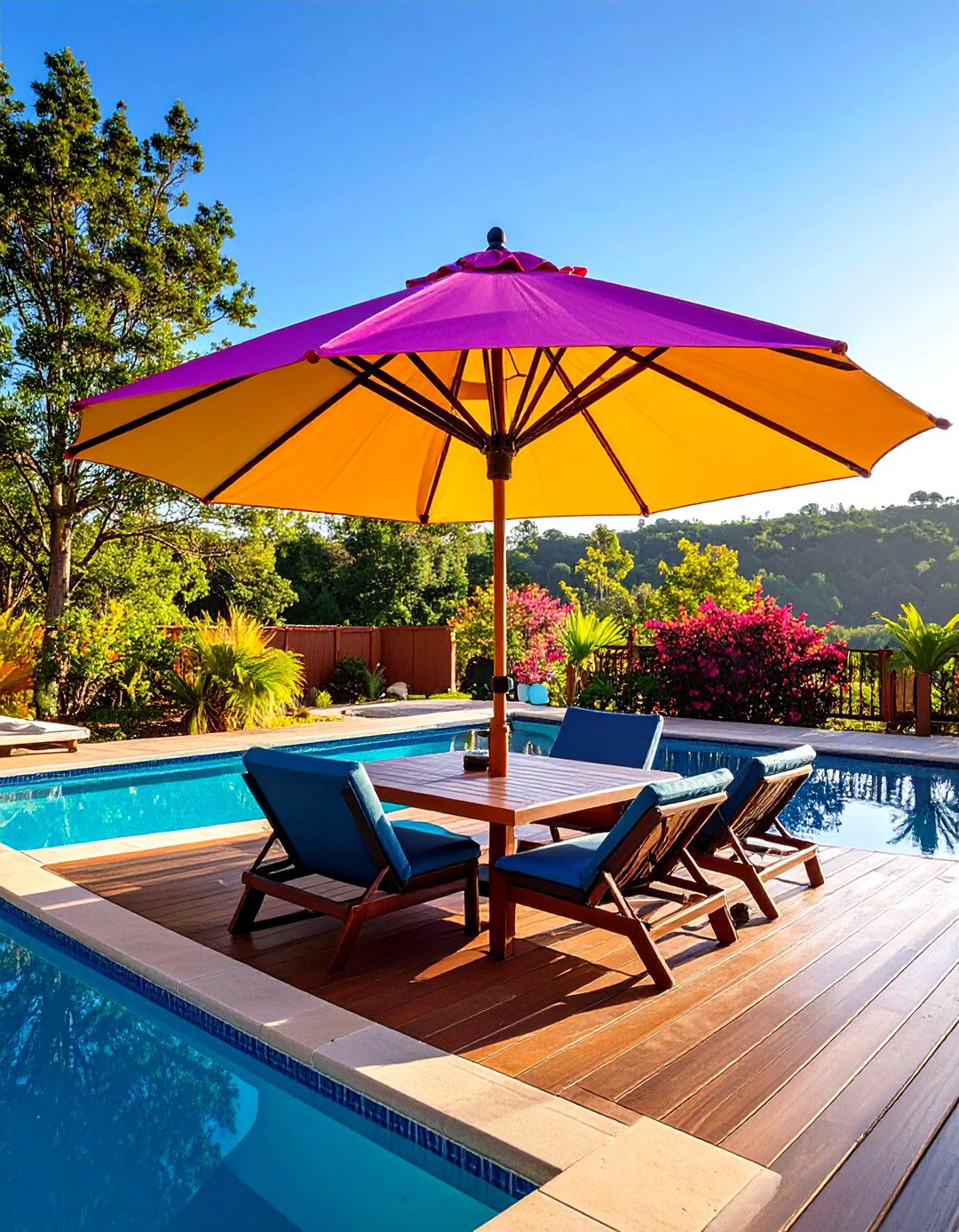

Leave a Reply